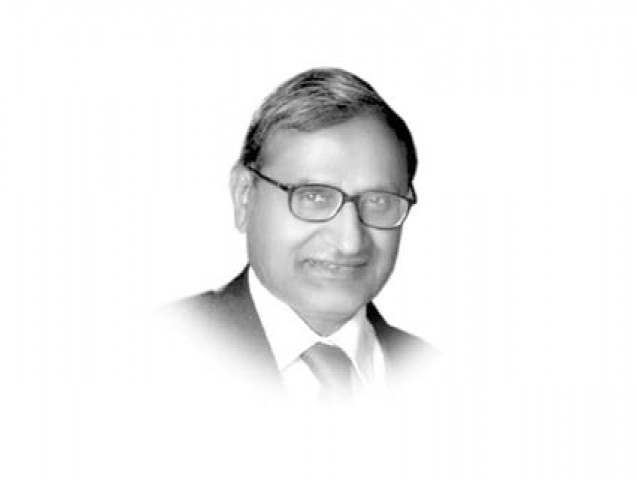The health of the economy
Public sector investment crowding in the private sector investment has far-reaching implications for long-term growth.

The economic survey quotes an Asian Development Bank study, showing that a 20 per cent rise in food inflation can push up the percentage of those living below the $1.25-a-day poverty line by as much as 4.5 percentage points. No numbers have been provided for the extent of poverty based on the national poverty line since the controversial results related to 2004-05 and 2005-06. Information on inequality also does not go beyond 2007-08. It is reported that the survey related to 2010-11 is underway. Until then, there is no knowing the true extent of poverty. Similarly, the unemployment rate of 5.6 per cent is grossly underestimated. Public expenditure on education has fallen to 1.8 per cent of GDP and that on health to an all-time low of 0.2 per cent of GDP.
A most dangerous trend is that of a rapidly declining rate of investment. It was 22.5 per cent of GDP in 2006-07 and for 2010-11 it came down to 13.4 per cent of GDP. Within a matter of five years, the rate of investment has experienced a reduction of 9.1 percentage points. What is disturbing is that this is not just the difference between two end points; there was a significant decline every year. Pakistan has always been known for a low savings rate. This year’s investment rate has lagged behind the national saving rate, which, of course, was the result of a current account surplus. The new growth strategy of the Planning Commission, emphasising productivity rather than investment, notwithstanding the declining rates of investment, have far-reaching implications for long-term growth.
While the familiar storyline is that the private sector has been crowded out by heavy public sector borrowing in the domestic credit market, the experience in Pakistan has been different: The public sector investment crowds in the private sector investment. Every year since 2006-07, falling fixed public investment was associated with falling fixed private investment. The government borrowed Rs342.2 billion during July-April, 2010-11 from the banking system for budgetary support and commodity operations, Rs196.3 billion from the State Bank of Pakistan and Rs275.9 billion from scheduled banks.
In the same period, the private sector borrowed Rs156.7 billion. Consumption was the object of government borrowing, while the private sector borrowed to fulfil its working capital requirements. Small wonder, the contribution of fixed investment to the GDP growth of 2.4 per cent was negative. Massive cuts in the Public Sector Development Programme and borrowing for current expenditure produced this undesirable outcome.
Published in The Express Tribune, June 4th, 2011.


















COMMENTS
Comments are moderated and generally will be posted if they are on-topic and not abusive.
For more information, please see our Comments FAQ